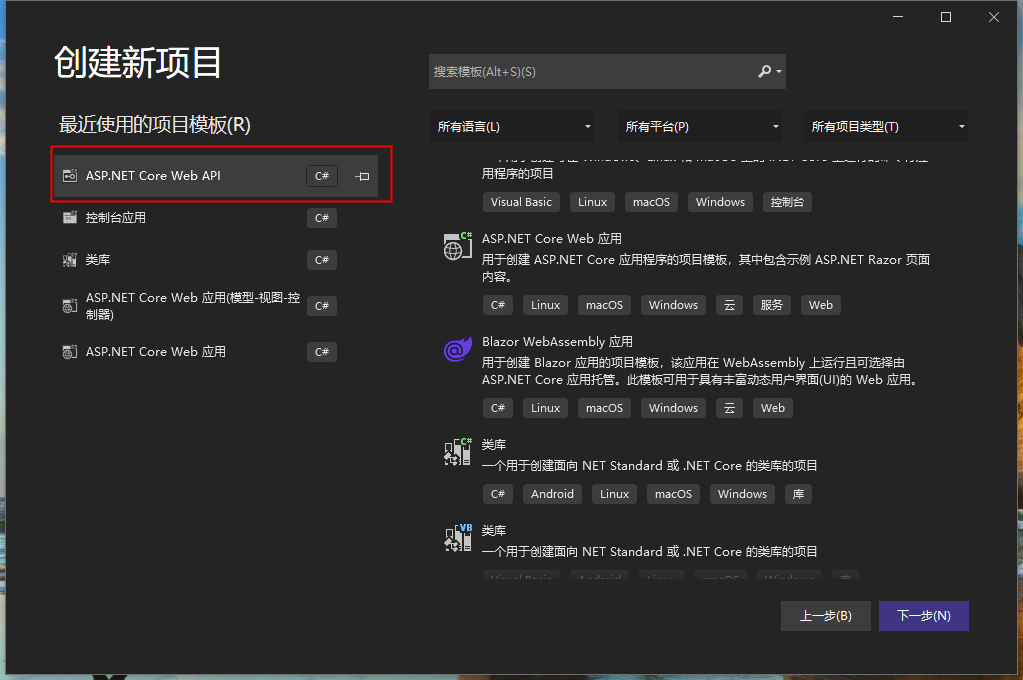ASP.NET MVC允许用户在设计时分配功能(即动作)的权限,如此。
[Authorize(Roles = "Administrator,ContentEditor")]
public ActionResult Foo()
{
return View();
}
要实际检查权限,可以在(Razor)视图中使用以下语句:
@if (User.IsInRole("ContentEditor"))
{
<div>This will be visible only to users in the ContentEditor role.</div>
}
这种方法的问题是必须在设计时将所有权限设置为属性。 (属性使用DLL进行编译,所以我目前不知道在运行时没有机制应用属性(允许其他权限),例如[Authorize(Roles =“Administrator,ContentEditor”))。
在我们的用例中,客户端需要能够更改用户在部署后具有哪些权限。
例如,客户端可能希望允许ContentEditor角色中的用户编辑特定类型的某些内容。也许用户不允许编辑查找表值,但现在客户端希望允许用户,而不必向用户授予下一个更高角色的所有权限。相反,客户端只需要修改用户当前角色可用的权限。
什么选项可用于允许在属性之外定义MVC控制器/视图/动作的权限(如在数据库中),并在运行时进行评估和应用?
如果可能的话,我们非常希望像ASP.NET会员和角色提供者的功能那样密切地关注,以便我们可以继续利用它提供的其他好处。
提前感谢您的任何想法或见解。
解决方法
What options are strategies are available to allow permissions on MVC
Controllers/Views/Actions to be defined outside of attributes (as in a
database) and evaluated and applied at runtime?
public class MyAuthorizeAttribute : AuthorizeAttribute
{
protected override bool AuthorizeCore(HttpContextBase httpContext)
{
Roles = ... go ahead and fetch those roles dynamically from wherever they are stored
return base.AuthorizeCore(httpContext);
}
}
接着:
[MyAuthorize]
public ActionResult Foo()
{
return View();
}


